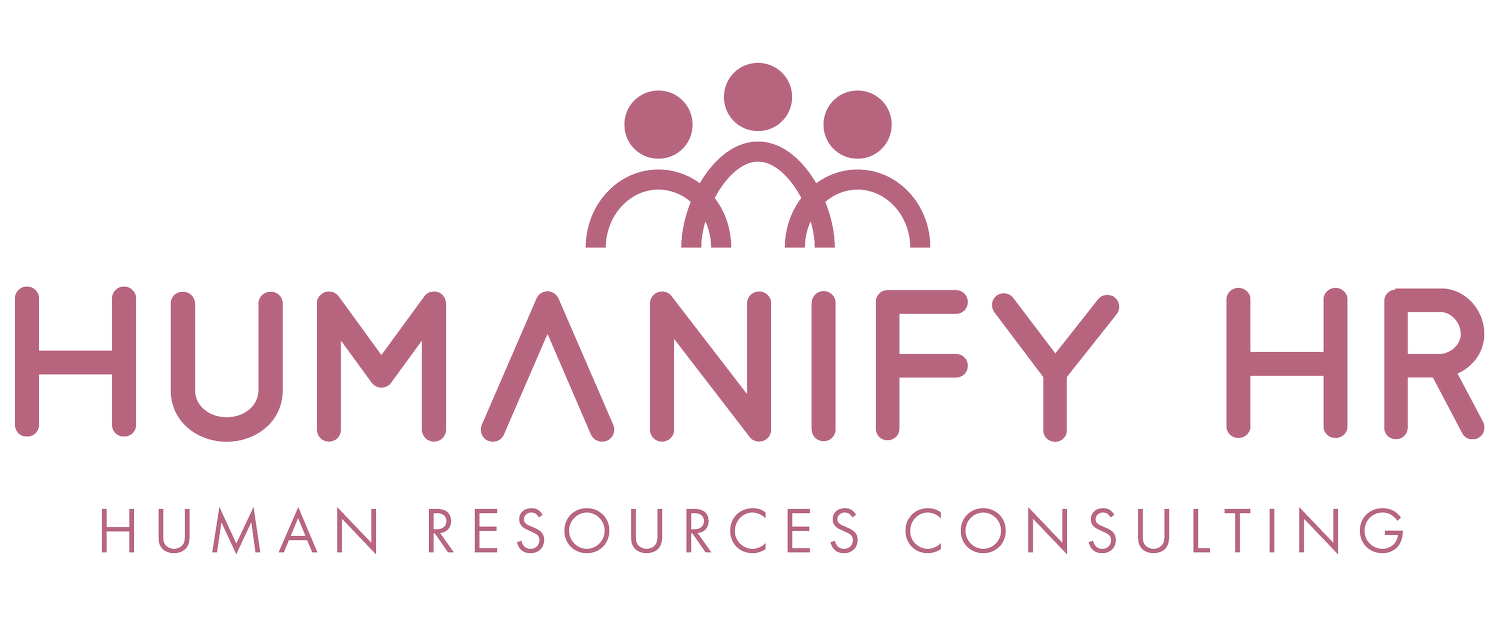WHAT THE WAGE PRICE INDEX IS TELLING US ABOUT WAGE GROWTH
The Wage Price Index (WPI) is a figure released by the Australian Bureau of Statistics (ABS) to measure the impact of inflation on wages and is a key economic indicator used in relation to monetary policy. Everyone is talking about the WPI at the moment, but what is it really telling us about wage growth?
The ABS this week released the highly anticipated Wage Price Index (WPI) figures for the March 2022 quarter. The WPI for the March 2022 quarter shows a 0.7% increase over the quarter, to a total of a 2.4% increase from the March 2021 quarter in the previous year. In the March 2021 quarter, the WPI was a total of a 1.5% increase from the previous year.
The release of these figures is something that many Australian workers no doubt are interested in, particularly at a time when cost of living expenses are rising and the family budget is becoming increasingly more difficult to balance. Equally, the WPI is important for employers who are looking to ensure the wage policies they offer will attract and retain a quality workforce.
The ABS has been releasing the WPI figures since 1998. On examination of these figures over this period, it takes us a step closer to revealing the true picture of what is happening with wage growth in Australia. As Winston Churchill once said,“the further backward you look, the further forward you can see”. Applying this concept to the WPI we start to see more clearly the impacts on wage growth.
During the September 2020 and December 2020 quarters, WPI was the lowest it has been at 1.4% over the measured period from 1998-2022. The release of the most recent WPI for the March 2022 quarter, is representative of an upward trend in the WPI that has steadily been taking place since the beginning of 2021. This is off the back of a pattern of decline in the WPI that has been taking place since 2008 when the WPI was the highest recorded at 4.3%.
But what is the WPI really measuring? This is important to consider and understand that ‘the WPI measures changes in the price of labour, unaffected by compositional shifts in the labour force, hours worked or employee characteristics’(ABS). We know that some of these measures excluded by the WPI, specifically compositional shifts in the labour force and employee characteristics have changed substantially during the pandemic. For this reason, it is important to recognise that the WPI is not an all-encompassing measure of what is really happening when it comes to wage growth.
The WPI is a reliable measure to get a baseline understanding of market relativities when it comes to wages. However, understanding and determining appropriate wages is a much more complex consideration. The pandemic has changed the way the employment market is currently operating. We are regularly hearing stories of talented individuals who are commanding wages at higher premiums, with most employers willing to pay that premium if the value can be justified. This requires employers to look differently at the way the traditional remuneration structure works, requiring them to be more flexible and open to negotiation around wages to secure the best talent in the marketplace.
Additionally, this shift that is taking place requires employees to take a different approach around their expectations on wages and wage growth. As the future of work is going to increasingly shift towards compensating and rewarding individuals for the value they bring to work, employees need to invest in themselves to remain competitive. This may mean in many cases employees will need to re-skill or up-skill if they want to put themselves in an advantageous position to obtain higher wages.
How wages play out in the context of the future of work remains to be seen, but what we do know is the WPI doesn’t tell us the whole story when it comes to wage growth.
Important Disclaimer: The material contained in this article is provided as general information only. It is not, nor is intended to be legal advice. If you wish to take any action based on the content of this article we recommend that you seek professional advice.


